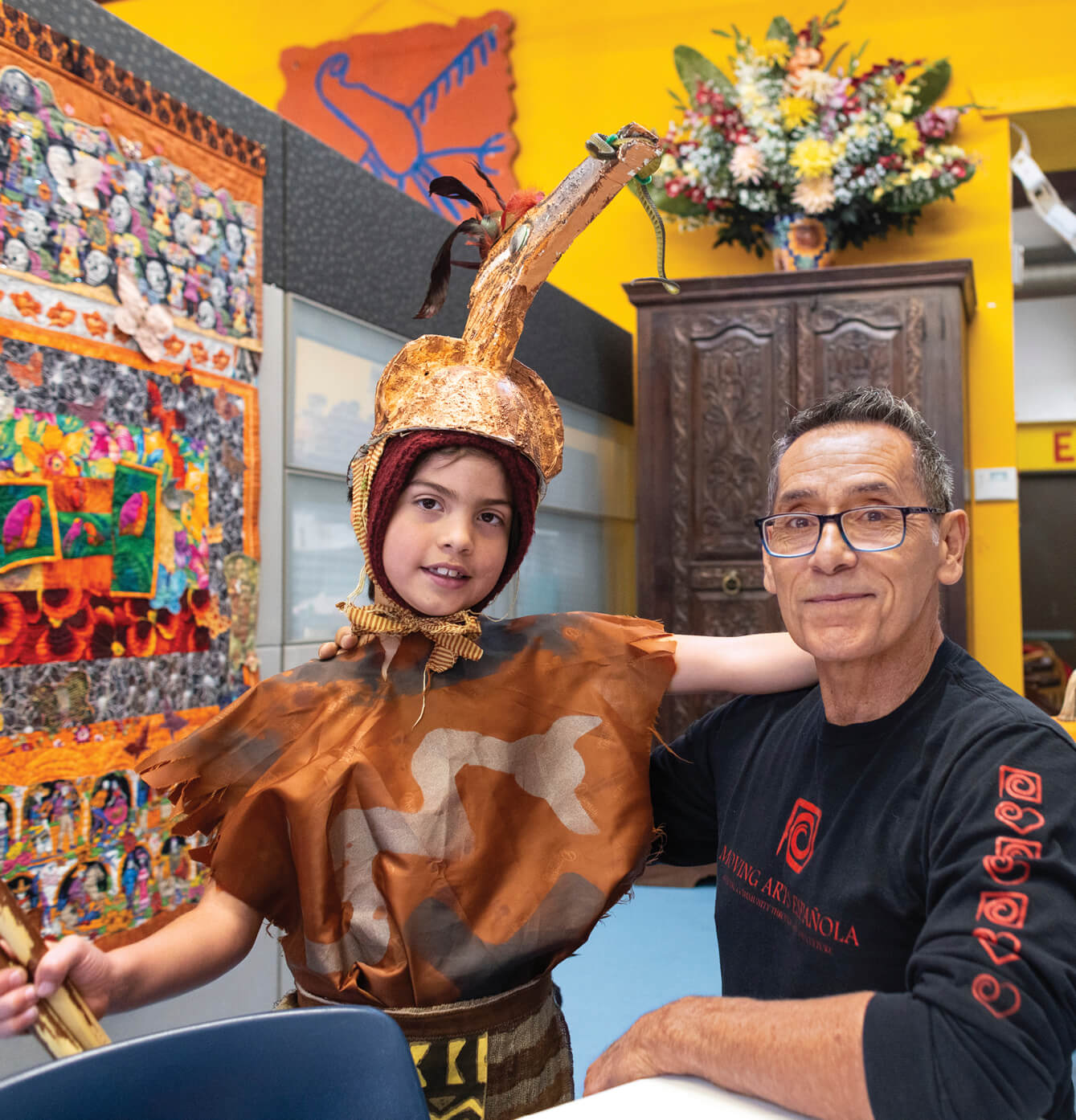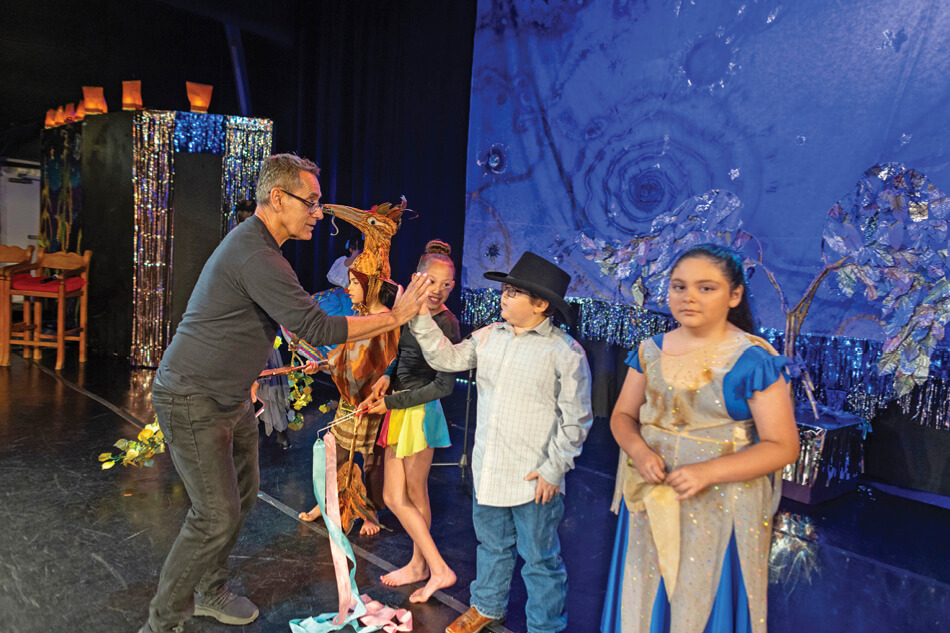REAL People/Soul Survivor
‘I Went Home to Die—but It Wasn’t My Time’
Roger Montoya was once so ill that he nearly gave up. Today he helps kids learn to live

Montoya with Dominic Trujillo
SEEING OLGA KORBUT in the 1972 Olympics prompted me to become a gymnast; after an injury in college, I switched to dance. This was circa 1981, the dawn of MTV, and there was a sudden need for dancers. I wound up in New York City, and things took off from there. For me, the ’80s was a time of incredible opportunities: dancing on Broadway, working with artists like Prince, appearing in films.
As a backdrop, though, there was the AIDS epidemic. For gay men like me and for others at risk, the ’80s was a decade laced with trauma, fear and stigma. In the performing arts in Los Angeles and New York City, I was at ground zero. It turned out I had been infected at 17, before the first AIDS cases in the U.S. had even been reported. I lost my first partner in 1980 and my second in 1986.
By 1989, I was with a new partner. We were both severely immunocompromised, and it seemed like it was time to go home to die. So we packed up and moved back to northern New Mexico, where my mother took care of my partner until we lost him, too.
But it wasn’t my time to go. And at home, I saw work to do. My home-town was a place of severe poverty and low educational attainment. But in the people, particularly the young people, there was such potential. It made me want to cry, because I was coming from such an incredible life, and I knew these kids had no idea that such a life was possible. I wanted to share what I’d learned as a dancer, actor, painter and gymnast. So I started providing arts experiences for kids in the area. In the mid-1990s, the treatment options changed for me when a new class of antiretroviral drugs, called protease inhibitors, became available, allowing me to gain strength and imagine a longer horizon for myself.

Montoya with performers in November
Moving Arts Española, the nonprofit I cofounded with my partner, Salvador Ruiz-Esquivel, is an arts-based youth development program. Because kids stay with us for 8, 10, 12 years at a time, we help with career planning, social-emotional wellness and more. I also cofounded a shelter for those who are unhoused and struggling with addiction.
This work is absolutely my reason for living. At one point I was sure I wouldn’t last two more years. Now, 35 years after I arrived back home, I am still moved by a sense of urgency, because every second matters. One message I share is: “Don’t take your life for granted. It’ll be over really quickly. You need to make it count.” —As told to Leslie Quander Wooldridge
Roger Montoya, 63, is an artist, social activist and former dancer who lives in Velarde, New Mexico.
Watch our video interview with Montoya at aarp.org/movingarts.